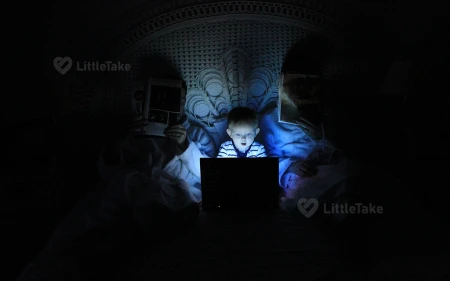
Safe Online Gaming for Kids
Online gaming can be a fun and educational activity for children, but it's essential to ensure their safety while playing. This article will provide tips for safe online gaming for kids, along with real-life examples to help illustrate the importance of these guidelines.
1. Choose Age-Appropriate Games
Before allowing your child to play an online game, make sure it's appropriate for their age and maturity level. Check the game's rating and reviews to ensure it's suitable for your child.
Real-Life Example: Susan's Game Selection
Susan wanted her 8-year-old daughter to enjoy online gaming while staying safe. She researched games with a suitable ESRB rating and positive reviews from other parents. Eventually, Susan found a fun, educational game that was a perfect fit for her daughter's age and interests.
2. Set Parental Controls
Many online gaming platforms offer parental control settings, which allow you to restrict access to certain content, limit in-game purchases, and monitor your child's activity. Utilize these tools to help create a safe gaming environment for your child.
3. Teach Your Child About Online Privacy
Explain to your child the importance of protecting their personal information while gaming. Encourage them never to share their real name, address, or other sensitive information with other players.
Real-Life Example: Tim's Privacy Lesson
Tim discovered that his son had shared his real name with a fellow gamer. He used this incident as a teachable moment to discuss the importance of online privacy and how to stay safe while gaming.
4. Encourage Safe Communication
Many online games feature chat functions, which can expose your child to inappropriate language or cyberbullying. Teach your child how to communicate respectfully and safely with other players and how to report any inappropriate behavior.
5. Set Boundaries and Monitor Playtime
Establish guidelines for your child's online gaming, such as time limits and which devices they can use. Regularly check in on their gaming activities to ensure they are following the rules and staying safe.
Real-Life Example: Lisa's Gaming Boundaries
Lisa allowed her children to play online games, but she set specific boundaries. They were only allowed to play for an hour each day and had to play in the family room where she could monitor their activity. This helped Lisa ensure her children's online gaming experience was safe and positive.
Conclusion
By choosing age-appropriate games, setting parental controls, teaching your child about online privacy and safe communication, and monitoring their playtime, you can help create a safe and enjoyable online gaming experience for your child.













